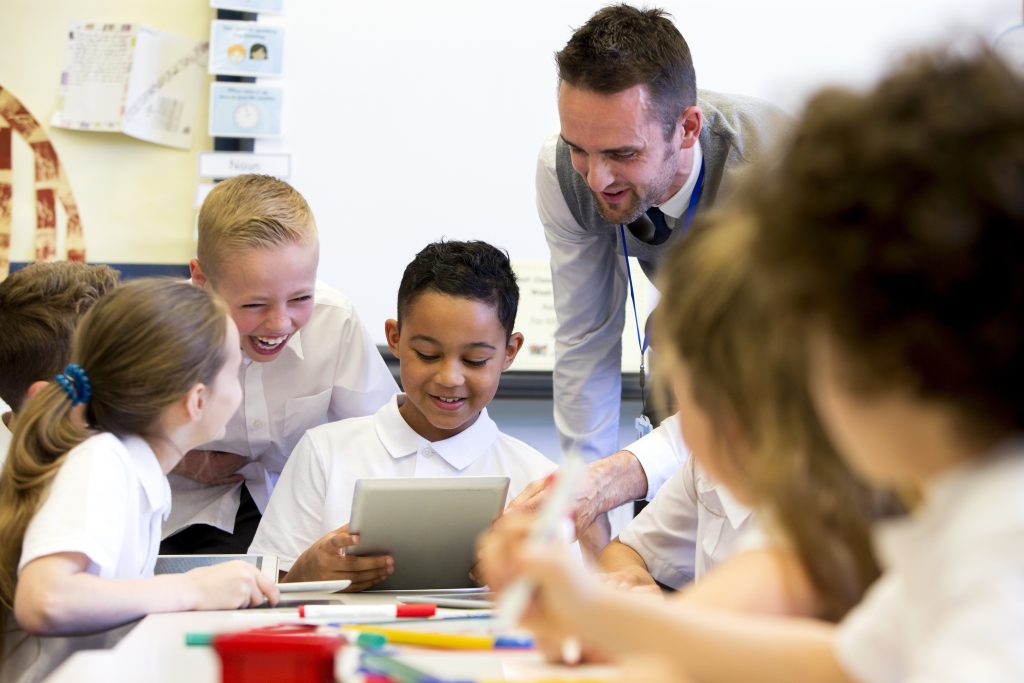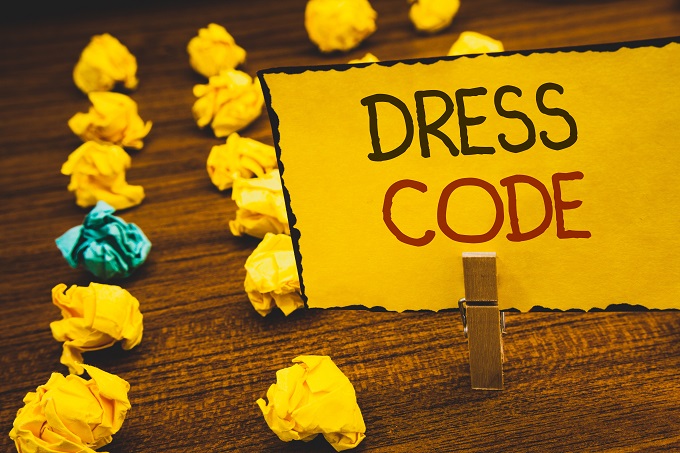
The ‘Education 2025’ Survey has indicated that the Australian government is not keeping up with education innovation and a need for more remote accessibility to education services.
- Approximately 58 percent of Australian respondents believe the Government is not keeping up with education innovation
- 24 percent of educators believe Australian parents and students alike are demanding more mobile and remote access to services
- Largest inhibitors to a more positive education future, are seen to be curriculum not keeping pace with future workforce needs (17 percent) followed by funding (16 percent)
- Majority of respondents believe that the education sector will be investing in Virtual Learning Environments (VLE)s in the future

Despite major investments in IT infrastructure, a recent education survey has highlighted that 58 percent of respondents believe the Australian Government is not keeping up with education innovation. Accessibility to education, especially in remote areas, was also seen as a major concern within 24 percent of educators believing parents and students are demanding more anytime, anywhere remote access to education.
These findings formed part of a global survey entitled ‘Education in 2025 – Technology Innovation’ conducted by Polycom and aims to understand the future needs of the education sector. More than 1,800 people participated in the survey globally, including 600+ respondents from Australia – the majority being teachers and principals.
The survey also found that one of the largest inhibitors for the future of education is the curriculum not keeping pace with future workforce needs followed by funding. However, when it came to potential solutions, there was a difference of opinion.
With deregulation and revised compliance standards, more than one quarter (27 percent) of those surveyed believed improving the quality of teacher-learning should be the primary focus. While 23 percent felt that the priority should be on personalized and contextual learning, opting for a more student centric approach.
Commenting on the findings, Ben Newsome, Managing Director of Australian education provider Fizzics Education said, “digital literacy and the ability to collaboratively work in teams separated by distance are highly prized skills in modern society. Video collaboration offers the opportunity for schools to prepare students for the 21st century workplace while exposing them to unique learning experiences being offered by places like science centres, museums, zoos, aquariums and more from around the globe.”
Perhaps encouragingly, educators believed technology has an important role to play to support creativity, active learning and engagement as well as increased collaboration between schools and corporations.
The survey also found that future education models will likely come from educators themselves rather than the Government or private sector. A majority of respondents (22 percent) also believed the education sector will be investing in Virtual Learning Environments (VLE) to improve education delivery in the future.
Newsome continues, “The Polycom Education 2025 survey highlights the high importance that parents and students place on reducing barriers to online information access and the strong need for teachers to be supported both in training and in the classroom to deliver this equitably throughout the curriculum. The time to truly embed these technologies in every key learning area is now.”
Additional Survey Findings:
- 51 percent felt that its (technology) potential in supporting meaningful learning was not being maximized
- The largest inhibitors to a more positive education future, are seen to be curriculum not keeping pace with future workforce needs (17 percent) followed by funding (16 percent).
- 27 percent believed that improving the quality of teacher-learning should be the primary focus
- The role of in-person teachers is expected to shift to more of a facilitator or mentor role and greater focus will be given to a student centric approach and self-directed learning (55 percent)
Looking to the Future: Education 2025
In looking to the future, a majority of respondents were convinced that the education sector will likely invest in VLEs and cloud-based software platforms to facilitate teaching and learning delivery. “Investing in such virtual environments would support a wide range of tasks and workflows within educational environments providing clear advantages to students and teachers,” said Elaine Shuck, global director, education solutions and market development at Polycom.
“These would include student assessments, collaboration tools, learning on-demand, links to dynamic content, and access to lesson plans and materials, opening up many more opportunities for educational delivery which may not have existed before.”
By 2025, respondents see methods of student engagement shifting toward more real-time video collaboration and mobile devices, with laptops and in-classroom learning decreasing significantly. “The widespread availability and advances in digital technology are rapidly changing the way we learn,” Shuck continued.
“To keep pace with these changes, it is crucial that teachers cannot be left behind in being provided the skills they require in creating a future-ready learning environment.”
In conclusion, Shuck stated that technology is neither a replacement for teaching methods nor for teachers. Instead, it is the gateway to personalizing learning and providing a more collaborative approach to education for the future.







